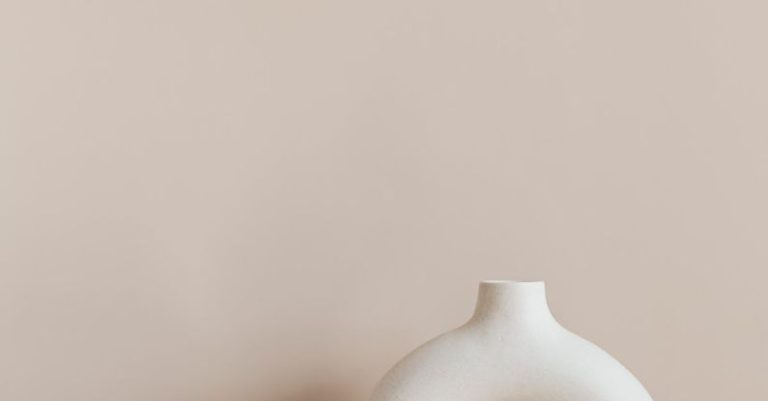Composites in Landmark Building Designs: a Global Perspective
In the realm of modern architecture, the use of composites has revolutionized the way buildings are designed and constructed. Composites, which are materials made by combining two or more distinct components, offer a unique set of properties that make them ideal for a wide range of architectural applications. From enhancing structural integrity to enabling innovative and futuristic designs, composites have become a staple in landmark building projects around the world.
The Rise of Composites in Architecture
Composites have gained popularity in the field of architecture due to their versatility, durability, and aesthetic appeal. With advancements in technology and manufacturing processes, architects and designers now have access to a wide range of composite materials that can be customized to suit specific project requirements. Whether it’s carbon fiber, fiberglass, or aramid fibers, composites offer a high strength-to-weight ratio, corrosion resistance, and the ability to be molded into complex shapes that would be impossible with traditional building materials.
Innovative Applications of Composites in Landmark Buildings
One of the most notable applications of composites in landmark building designs is their use in creating iconic facades. The Burj Khalifa in Dubai, for example, features a composite cladding system that not only enhances the building’s aesthetics but also provides thermal insulation and weatherproofing. Similarly, the Guggenheim Museum in Bilbao showcases the creative use of composites in its curvilinear form, which would have been challenging to achieve with conventional construction materials.
Another area where composites have made a significant impact is in the construction of sustainable buildings. By incorporating composite materials such as recycled plastics and natural fibers, architects can reduce the environmental footprint of their projects while still achieving structural integrity and design flexibility. The Bullitt Center in Seattle, known as the greenest commercial building in the world, is a prime example of how composites can be used to create energy-efficient and environmentally friendly structures.
Composites have also been instrumental in pushing the boundaries of architectural design. The CCTV Headquarters in Beijing, with its gravity-defying cantilevered form, relies on a complex network of steel and glass composites to achieve its distinctive shape. Similarly, the Heydar Aliyev Center in Baku showcases the fluidity and organic forms that can be achieved with composite materials, challenging traditional notions of what a building should look like.
Global Perspectives on Composites in Architecture
Around the world, architects and designers are increasingly turning to composites to realize their vision for cutting-edge and sustainable buildings. In Europe, landmark projects like the Serpentine Pavilion in London and the Centre Pompidou-Metz in France demonstrate the creative possibilities offered by composites in architectural design. In Asia, buildings such as the Marina Bay Sands in Singapore and the Lotte World Tower in Seoul showcase the integration of composites into iconic skyscrapers that redefine city skylines.
In North America, projects like the Oculus at the World Trade Center in New York City and the Museum of Glass in Tacoma highlight the innovative use of composites in creating dynamic and visually striking structures. From the Middle East to South America, composites are playing an increasingly vital role in shaping the built environment and pushing the boundaries of what is possible in architecture.
Embracing the Future of Building Design with Composites
As the demand for sustainable, efficient, and visually captivating buildings continues to grow, composites will undoubtedly play a central role in shaping the future of architecture. With their unparalleled strength, versatility, and aesthetic potential, composites offer architects and designers a powerful tool to realize their most ambitious and groundbreaking ideas. By embracing the possibilities offered by composites, the next generation of landmark buildings is sure to captivate and inspire audiences around the globe.
In conclusion, composites have fundamentally transformed the way buildings are designed and constructed, ushering in a new era of innovation and creativity in architecture. From iconic facades to sustainable structures, composites have become an indispensable element in landmark building projects worldwide, pushing the boundaries of what is achievable in architectural design. As architects and designers continue to explore the potential of composites, we can expect to see even more groundbreaking and awe-inspiring buildings that redefine the skyline and captivate the imagination.






